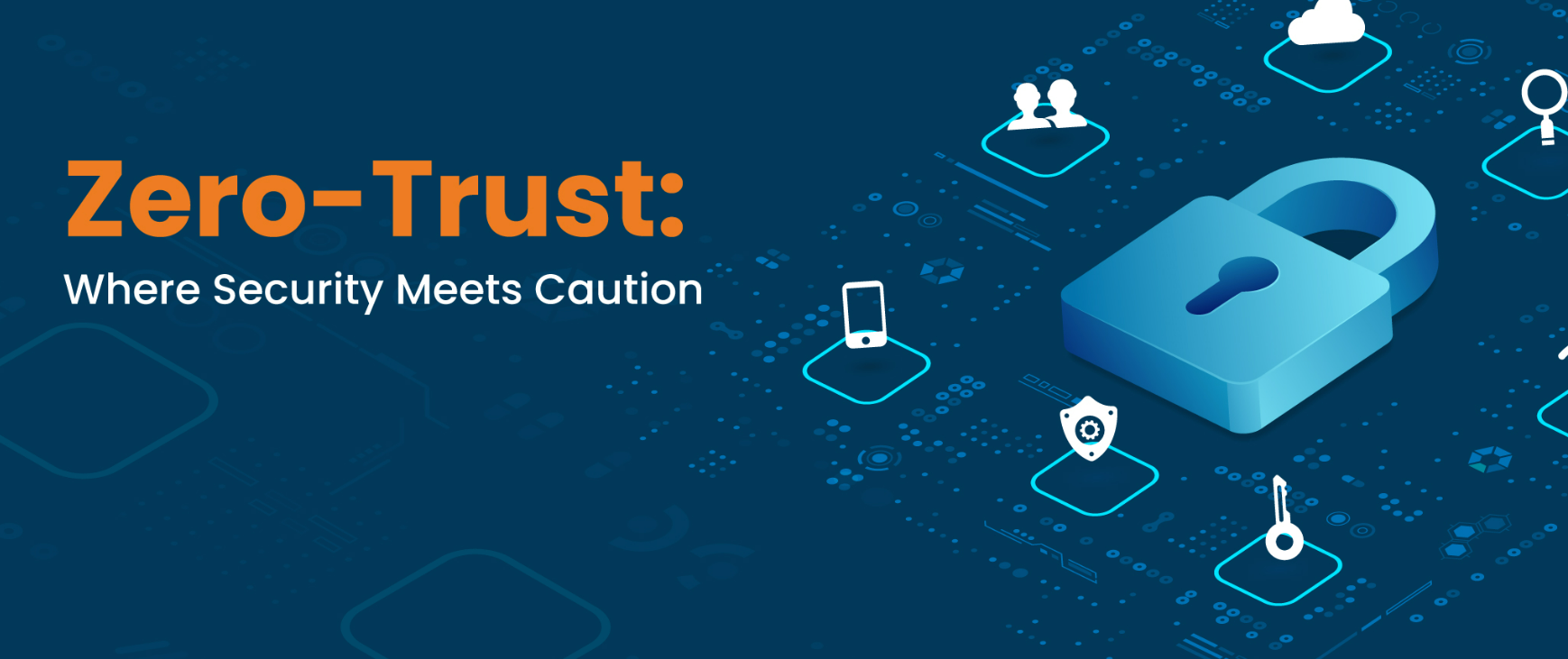The Zero Trust security model is a holistic approach to security that assumes no user or device can be trusted by default, whether inside or outside the organization’s network perimeter. Instead, every user, device, and application must be continuously verified and authenticated before being granted access to any resource.
This approach can help organizations better protect their sensitive data and systems by reducing the risk of data breaches and unauthorized access, especially in today’s increasingly complex cyber threat landscape where attackers are constantly developing new and sophisticated attack methods.
With Zero Trust, organizations can apply consistent security controls across all their assets, including legacy and modern applications, data, networks, and devices, and enforce access policies based on the user’s identity, the device’s security posture, and the context of the request.
One of the challenges organizations face in adopting a Zero Trust security model is the presence of legacy technology that may not be designed to support modern security protocols.
Many organizations have legacy applications and infrastructure that were not designed with modern security practices in mind. These legacy systems may be difficult to upgrade or replace, making implementing modern security controls such as multi-factor authentication, network segmentation, and real-time monitoring harder.
Furthermore, legacy systems may have vulnerabilities that are unknown to the organization, making it easier for attackers to exploit them and gain access to sensitive data or systems. These vulnerabilities may not be easily patched or fixed due to the limitations of legacy technology.
To address these challenges, organizations may need to take a phased approach to Zero Trust adoption, starting with a risk assessment of their legacy systems and identifying any security gaps that need to be addressed. They may also need to consider implementing compensating controls to help mitigate the risks associated with legacy systems.
The growth of the Zero Trust security model is closely linked to the evolution of cyber security and risk management practices.
As cyber threats have become more sophisticated and frequent, traditional perimeter-based security approaches have become less effective. Attackers can easily bypass perimeter defences by using tactics such as phishing, social engineering, and exploiting vulnerabilities in software and systems.
The Zero Trust security model offers a more comprehensive and risk-based approach to security that assumes no user or device can be trusted by default. Every access request is evaluated and authenticated based on the user’s identity, device security posture, and the context of the request.
This approach provides organizations with greater visibility and control over their digital assets, reduces the risk of data breaches and unauthorized access, and enables faster detection and response to threats.
Furthermore, the Zero Trust security model aligns well with risk management principles by focusing on risk reduction and mitigation. By continuously evaluating and authenticating access requests, organizations can reduce the risk of cyber-attacks and data breaches.
The Zero Trust security model offers several benefits, but it also has some limitations that organizations should be aware of. Here are some of the benefits and limitations of the Zero Trust security model:
Benefits:
- Improved security: The Zero Trust security model provides a more comprehensive and risk-based approach to security that reduces the risk of data breaches and unauthorized access to sensitive data and systems.
- Greater visibility and control: By continuously evaluating and authenticating access requests, the Zero Trust security model provides organizations with greater visibility and control over their digital assets.
- Compliance: The Zero Trust security model can help organizations comply with various regulatory requirements such as GDPR, HIPAA, and PCI-DSS.
- Improved user experience: The Zero Trust security model allows users to access the resources they need without unnecessary barriers, making the user experience more seamless.
Limitations:
- Implementation complexity: Implementing a Zero Trust security model can be complex and require significant investment in time and resources, especially when dealing with legacy systems that are not designed to support modern security protocols.
- User education: Zero Trust requires continuous user education to ensure that employees understand the importance of authentication and authorization.
- False positives: The Zero Trust security model may generate false positives, denying access to legitimate users or devices, which can result in frustration and reduced productivity.
- Monitoring: Continuous monitoring is required to ensure that security policies are being enforced correctly and to identify potential security breaches.
AI can also help organizations ensure compliance with data privacy regulations. AI algorithms can monitor data usage and identify potential compliance violations, helping organizations take corrective action to prevent potential fines.

